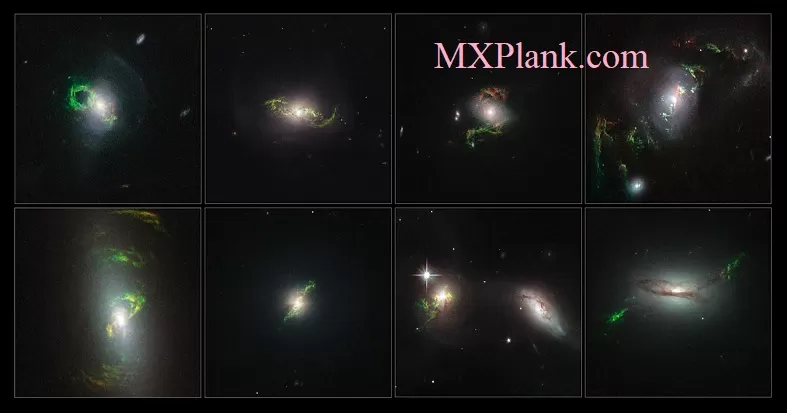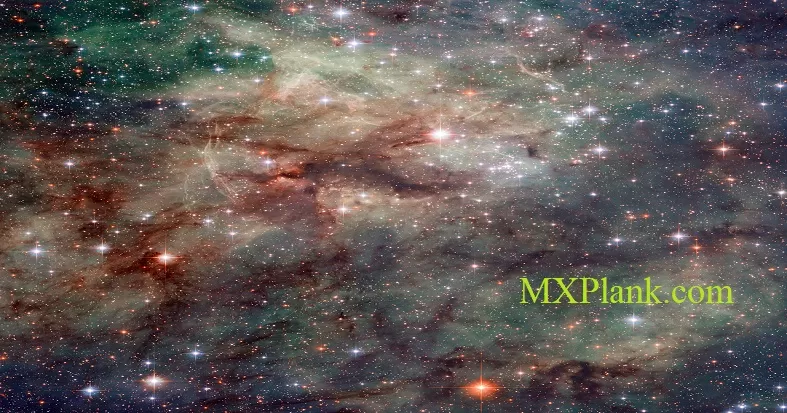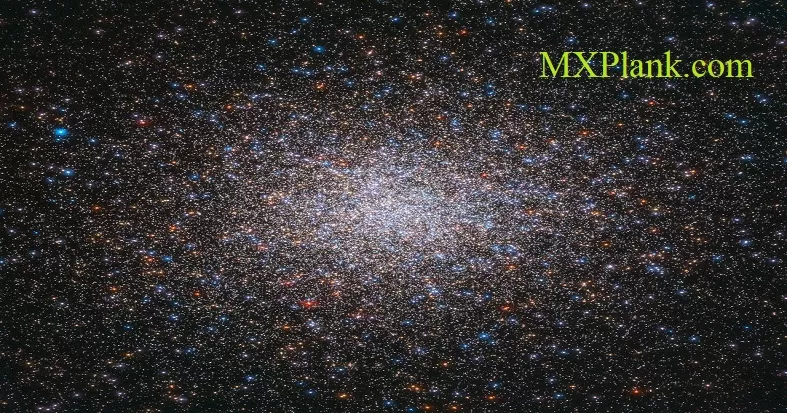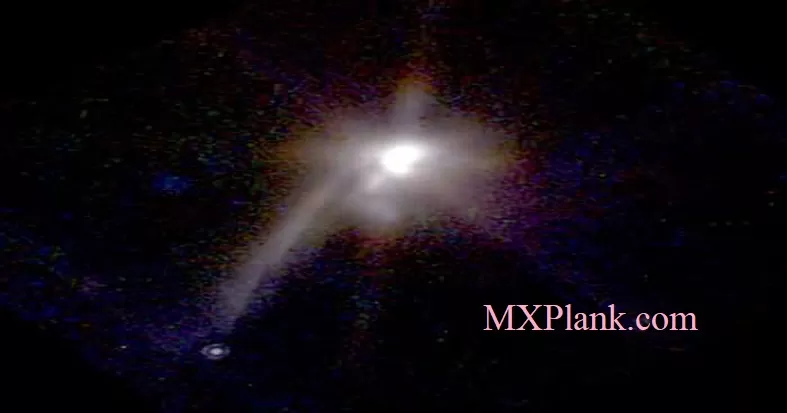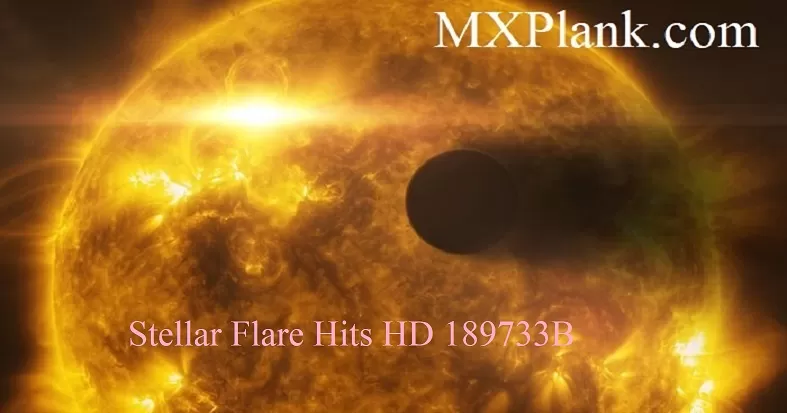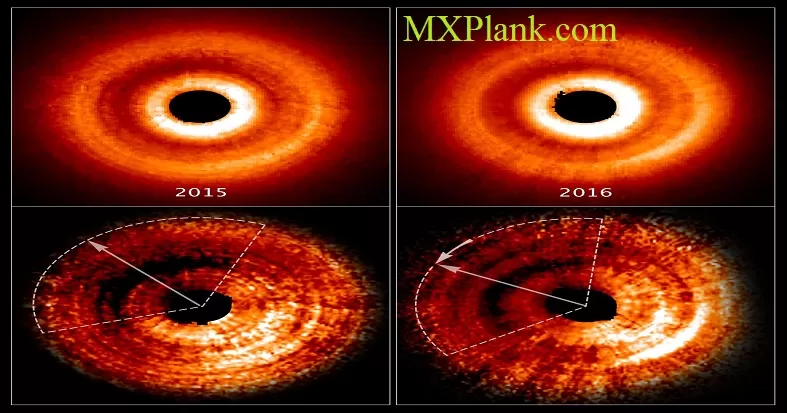MXPlank - AstroPhysics Series : Hexagonal Clouds On The Saturn
Why would clouds form a hexagon on Saturn? Nobody is sure. Originally discovered during the Voyager flybys of Saturn in the 1980s, nobody has ever seen anything like it anywhere else in the Solar System. Acquiring its first sunlit views of far northern Saturn in late 2012, the Cassini spacecrafts wide-angle camera recorded this stunning, false-color image of the ringed planets north pole. The composite of near-infrared image data results in red hues for low clouds and green for high ones, giving the Saturnian cloudscape a vivid appearance. This and similar images show the stability of the hexagon even 20+ years after Voyager. Movies of Saturns North Pole show the cloud structure maintaining its hexagonal structure while rotating. Unlike individual clouds appearing like a hexagon on Earth, the Saturn cloud pattern appears to have six well defined sides of nearly equal length. Four Earths could fit inside the hexagon. Beyond the cloud tops at the upper right, arcs of the planets eye-catching rings appear bright blue. This video sweeps over the planet Saturn, as recently observed with the NASA/ESA Hubble Space Telescope on 20 June 2019, when it was approximately 1.36 billion kilometres away. it shows the Hubble observations of Saturn in June 2018. Hubble observed the ringed planet several times over the course of 20 hours, which allowed it to see some changes in the wind patterns in Saturn’s atmosphere. These changing patterns are most visible in the region surrounding the northern pole.
Credit:
NASA & ESO

